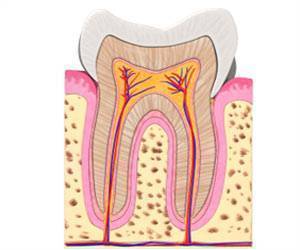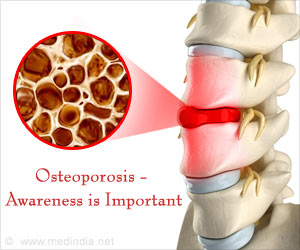Societal inequality, including socioeconomic disparities, affects brain aging and dementia, particularly in underrepresented populations in Latin America and the U.S.

Structural inequality linked to brain volume and network dynamics in aging and dementia across the Americas
Go to source). The study clearly links structural inequality, such as socioeconomic differences measured by the Gini index, to changes in brain structure and connectivity that are associated with aging and dementia.
This research also sheds light on how societal inequities become biologically embedded, particularly in underrepresented populations across Latin America and the United States.
‘Did You Know?
By 2050, the world’s population of people aged 60 years and older will double (2.1 billion). The number of people aged 80 years or older is expected to triple between 2020 and 2050 to reach 426 million. #medindia #age #older’





By 2050, the world’s population of people aged 60 years and older will double (2.1 billion). The number of people aged 80 years or older is expected to triple between 2020 and 2050 to reach 426 million. #medindia #age #older’
Advertisement
Key Findings:
- Researchers found that higher levels of inequality are linked to reduced brain volume and disrupted connectivity, especially in temporo-posterior and cerebellar regions essential for memory and cognitive function. These effects were more pronounced in Latin America, highlighting the unique vulnerability of Latin American populations to macro-level socioeconomic stressors.
- The findings also revealed that Latinos with Alzheimer's disease experience the most severe impacts, suggesting that environmental demands linked to structural inequality may exacerbate neurodegeneration in aging populations. In contrast, the milder effects observed in frontotemporal lobar degeneration support the hypothesis of a more significant genetic influence in this condition. Reduced brain volume and connectivity are frequently observed in patients with dementia and are associated with disease progression and severity.
- Notably, associations persisted even after accounting for individual factors such as education, age, sex, and cognitive ability, underscoring the independent role of macro-level factors in shaping brain health. Living in a context of aggregate inequality affects brain health regardless of your specific socioeconomic level, demonstrating the far-reaching consequences of societal disparities on the brain.
Advertisement
Urgency of Addressing Social Determinants in Brain Health Research
First author Agustina Legaz, Ph.D. from the ReDLat consortium, said,“Our findings emphasize the urgency of integrating not only individual social determinants of health into global brain health research but also macro-level exposome factors, such as social and physical variables. These findings pave the way for future studies exploring the biological mechanisms linking aggregate inequality to aging and neurodegeneration.”
Targeted Solutions for Dementia in Specific Regions
Dr. Agustín Ibáñez, Ph.D., professor in global brain health at Trinity College, and director of BrainLat and corresponding author, added:“This research highlights the critical role of structural inequality in shaping brain health. Considering dementia rates rise particularly in low- and middle-income countries, our findings emphasize the need for targeted interventions to address the root causes of brain health disparities, which appear to be specific to each region.”
A Multi-Level Approach to Brain Health Equity
The study calls for a multi-level approach to brain health equity, examining the biological embedding of other macro-level exposome factors beyond socioeconomic inequality. These may include variables such as democratic governance, air pollution, migration, climate change, and access to green spaces. Identifying and addressing these region-specific modulators could lead to targeted interventions that mitigate accelerated brain aging and reduce the dementia burden in disadvantaged communities.Reference:
- Structural inequality linked to brain volume and network dynamics in aging and dementia across the Americas - (https://www.nature.com/articles/s43587-024-00781-2)
Source-Eurekalert















